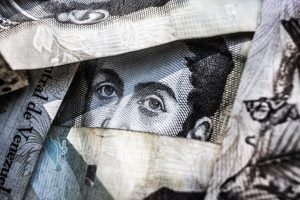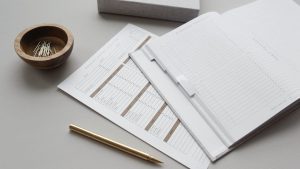Leverage is a term that is often used in the world of forex trading. It is a concept that can be a powerful tool for traders, but it can also be dangerous if not used wisely. In this article, we will explore what leverage means in forex trading and how it can be used effectively.
What is leverage?
Leverage is essentially the ability to control a large amount of money with a small investment. In forex trading, it is the use of borrowed money to increase the potential return on an investment. For example, if you have $1,000 in your account and you use leverage of 100:1, you can control a position of $100,000.
Leverage is expressed as a ratio, such as 50:1 or 100:1. The first number represents the amount of your investment, and the second number represents the amount of borrowed money. So, for a 50:1 leverage ratio, you would be able to control $50 for every $1 of your own money.
How does leverage work in forex trading?
Forex trading involves buying and selling currency pairs. The goal is to make a profit by buying a currency at a low price and selling it at a higher price. Leverage can be used to increase the potential profit from a trade.
For example, if you believe that the value of the euro will increase compared to the US dollar, you can buy the EUR/USD currency pair. Let’s say that the current exchange rate is 1.1000. You buy 10,000 euros, which would cost you $11,000 if you were using your own money. However, if you use 100:1 leverage, you only need to put down $100, and you can control a position of $10,000. If the exchange rate increases to 1.1100, you can sell your euros for $11,100, making a profit of $100. If you had used your own money, your profit would have been only $0.10.
As you can see, leverage can greatly increase the potential profit from a trade. However, it also increases the potential risk. If the exchange rate moves against you, you could lose more money than you invested.
What are the risks of using leverage in forex trading?
The main risk of using leverage in forex trading is that it can amplify losses. If the exchange rate moves against you, your losses can quickly add up. For example, if you had used 100:1 leverage in the example above and the exchange rate had dropped to 1.0900, you would have lost $100, which is your entire investment.
Another risk of using leverage is that it can lead to overtrading. When you have the ability to control a large position with a small investment, it can be tempting to take on more trades than you should. This can lead to impulsive and emotional trading decisions, which can result in losses.
How can you use leverage effectively in forex trading?
To use leverage effectively in forex trading, you need to have a solid understanding of risk management. This means setting stop-loss orders to limit your losses and sticking to your trading plan.
You should also only use leverage when you have a high level of confidence in your trading strategy. This means doing your research and analyzing the market before making a trade.
It is also important to choose a reputable forex broker that offers fair and transparent trading conditions. This includes providing clear information about leverage ratios and margin requirements.
In conclusion, leverage is a powerful tool in forex trading that can increase the potential profit from a trade. However, it also increases the potential risk, and it is important to use it wisely. By understanding the risks and using proper risk management techniques, you can use leverage effectively in your forex trading strategy.





